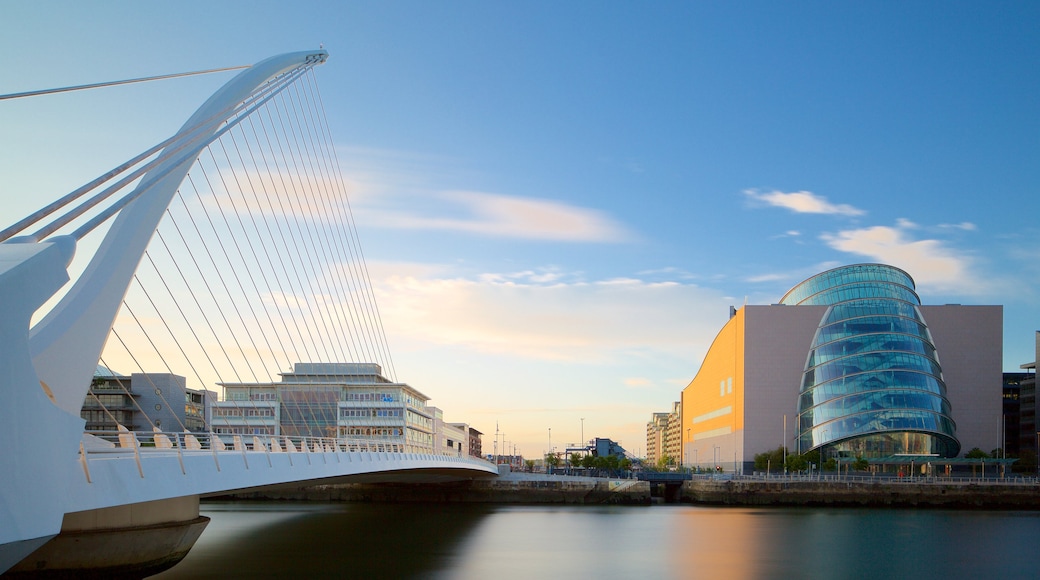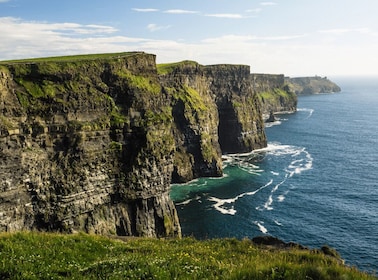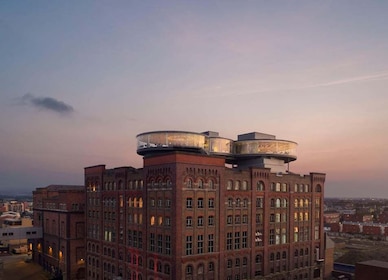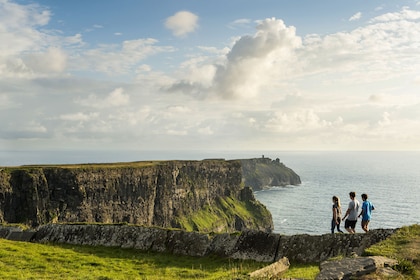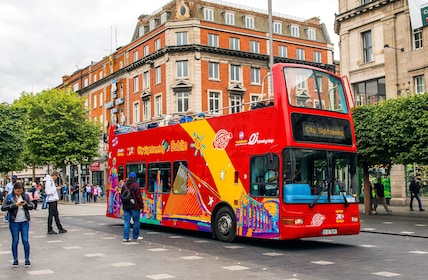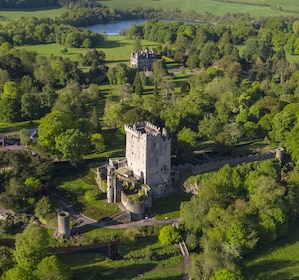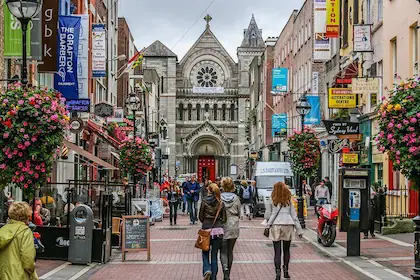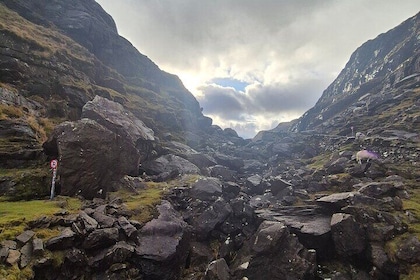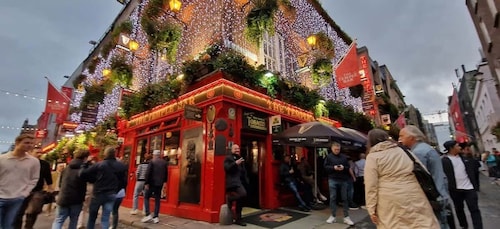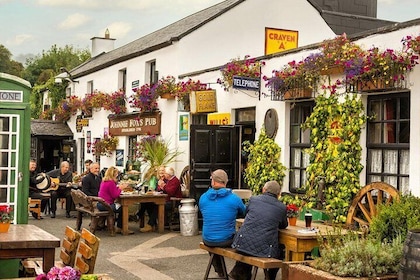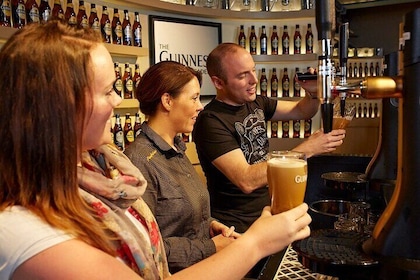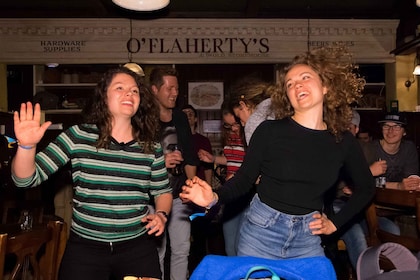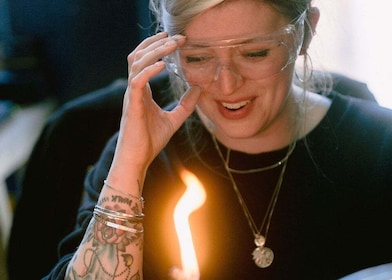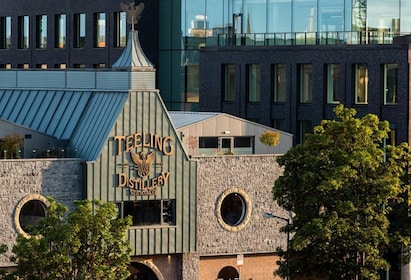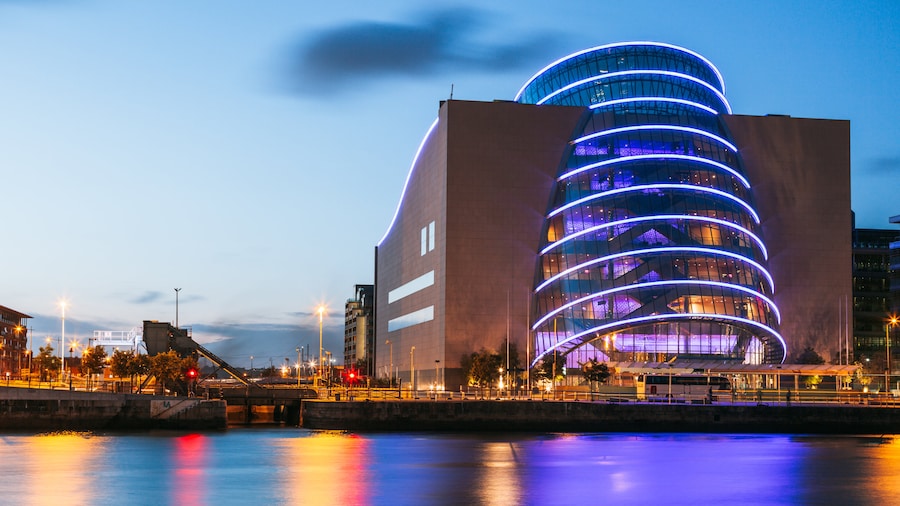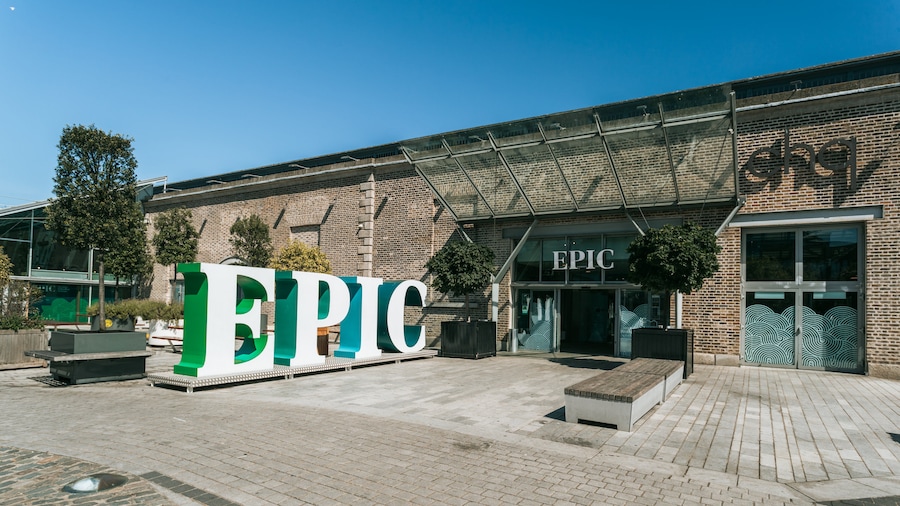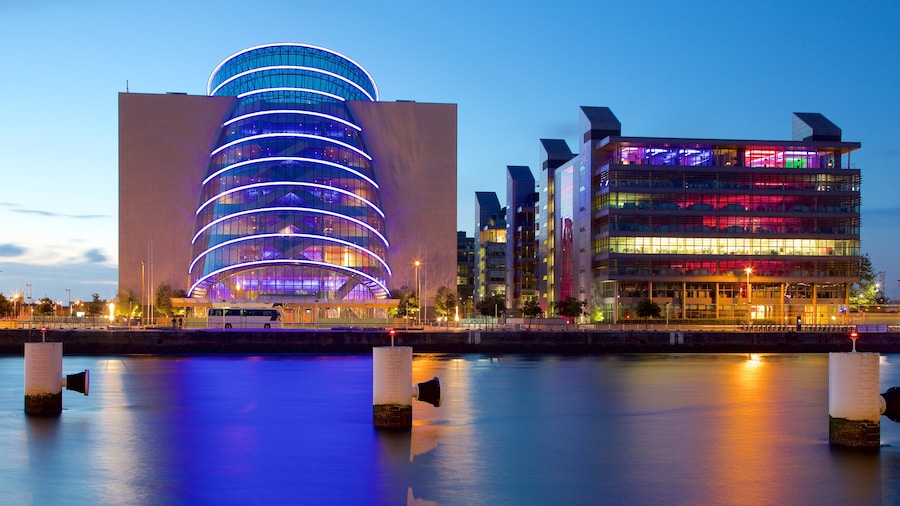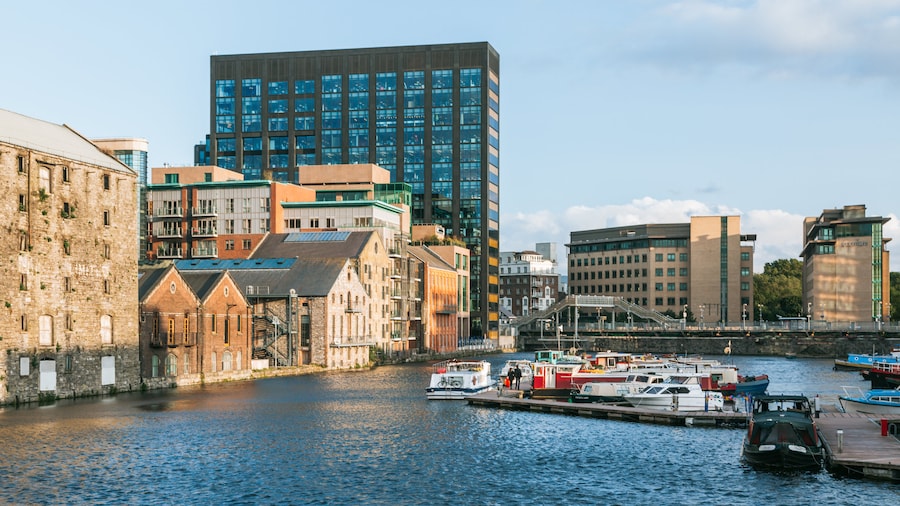An iconic city landmark, this striking cable-stayed bridge evokes the image of a harp on its side. Come at night to see it lit up.
Although the Samuel Beckett Bridge is a new construction in a rather old city, it has quickly established itself as a Dublin icon and is now a common postcard image and Instagram backdrop. Marvel at the sleek design, which takes its inspiration from one of Ireland’s symbols, the harp, and take photographs of the illuminated structure at night.
The Samuel Beckett Bridge was designed by renowned Spanish architect Santiago Calatrava, who is responsible for many notable international projects including the Milwaukee Art Museum in Wisconsin, the Turning Torso in Malmo, Sweden and the Museum of Tomorrow in Rio de Janeiro, Brazil. The bridge structure was made in Rotterdam, before being transported some 628 miles (1,010 kilometers) to Dublin by barge, where it was erected and opened to the public in December, 2009.
Stand back from the bridge and admire its asymmetric shape. The soaring pylon reaches a height of approximately 157 feet (48 meters). The bridge’s striking form makes it a particularly popular photograph backdrop.
The bridge, which spans the River Liffey, connects the north side of the city with the south side. It takes its name from the Nobel Prize-winning Dublin playwright, Samuel Beckett. Many Dubliners cross the bridge daily, either on foot or by car, during their commute. Join them in crossing the construction.
Lucky sightseers may even get to see the bridge swinging open. The bridge can open, with the main span pivoting to the side, freeing up space for oncoming river traffic. Check online to find a schedule of opening times in advance to ensure you are there at the right time to witness the spectacle.
Samuel Beckett Bridge is located in Dublin City Center, about a 15-minute walk from Trinity College. Ride the Luas light rail tram to Mayor Square or Spencer Dock. The bridge is just a short stroll form both stations.




